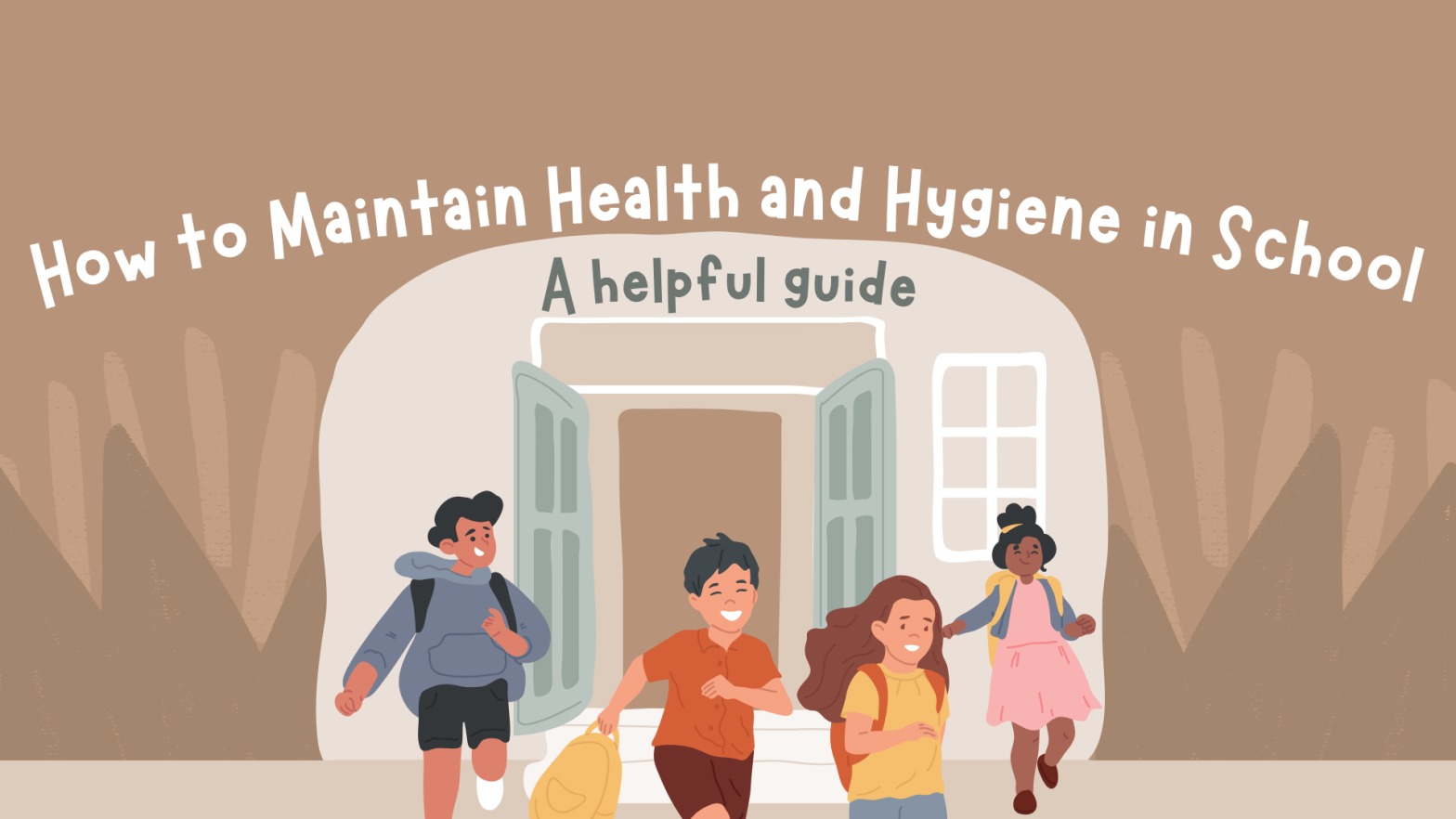
Students learn effectively at school when the environment around them is conducive to learning. Schools may have the necessary teaching faculty, curriculum, and even technology in place for effective teaching. However, if the infrastructure or environment isn’t conducive enough for spending long hours, then students will not be able to learn. Cleanliness and hygiene are two factors that contribute to a conducive learning environment. Therefore, the question that arises is, how to maintain health and hygiene in school?
An individual may have everything in life, but if their health isn’t with them, life humbles really quickly. Similarly, someone may be an outstanding student, but if the school they spend most of their time in isn’t clean, then they are bound to fall sick.
In such a scenario, not only does their health suffer, but it impacts their academics too. They aren’t able to come to school regularly as they are spending downtime recovering. As a result, the student misses lessons and falls behind his fellow batchmates.
Even if schools have the best infrastructure and are hygienic, it may not guarantee optimum health of students if they don’t maintain personal hygiene. So, before learning how to maintain health and hygiene in school, let us examine a few ways to practice personal hygiene:
Children can take part in many activities where their hands get dirty. As we use our hands for everything, including eating, children must wash them thoroughly.
Such a practice is not only part of school health hygiene, but also something that students must practice at home.
Children must rinse their hands together with a good soap that kills bacteria for 20 seconds after touching something dirty, using the washroom, and before eating. They must also wash their hands if they blow their nose, cough, or sneeze into their hands.
Children sometimes catch a cold or fever and are often seen sneezing or coughing without covering their mouths. They may also dig their nose in public sometimes. These are not hygienic practices and frequently put the child’s health and those around them at risk.
When learning how to maintain health and hygiene in school and outside, children must be aware of these basic etiquettes. It is discourteous and even unhygienic to cough or sneeze openly without covering one’s mouth with a handkerchief.
The same applies when it comes to blowing one's nose in public. One may blow one's nose with a handkerchief only in private. Doing so in private ensures that one isn’t endangering the health of others. The repercussions must be taught for them to realize why such activities may seem discourteous to others around.
Students who learn how to maintain health and hygiene in school and personally enjoy healthier lifestyles are less likely to fall sick often.
It is not enough to just take care of one’s body, but one also needs to keep their environment clean.
Germs and bacteria tend to thrive in unclean environments. So, inculcating simple practices like picking up after themselves after eating or playing, teaching them cleanliness not only at home but also cleanliness in school.
Children who know how to keep their environments clean, do not litter classrooms, and are more likely to dispose of garbage properly when they come across it.
Here are practical ways to maintain hygiene in school:
Teachers can display picking up after themselves charts in the classroom that illustrate healthy habits for students to reference.
If teachers find students doing activities that deem unhygienic, they must correct them even if it does not align with subjects they teach.
The school must also provide hygiene essentials, such as sanitizer, hand wash, and tissue paper for students to maintain hygiene.
Sometimes, small spaces that lack proper ventilation start to smell and become a breeding ground for infections. The above is not a conducive environment for a child to stay and learn in.
School must have spacious hallways and classrooms that provide adequate ventilation. The infrastructure must allow children to spread out in classrooms and take up space, rather than feeling cramped.
Many public washrooms, as well as those in educational institutions, are often not clean. They smell and are unhygienic. Washrooms are where bacteria feel the most at home. Washrooms must be wheel-chair-friendly to provide accessibility for all.
Having a big and airy school without properly trained staff who maintains hygiene doesn't align with safety standards. Properly trained staff ensures that the school is clean and accessible to all. It is also the school's duty to train their staff or hire professionals who provide quality services to maintain a hygienic environment in school.
It is essential that everyone in the school building, including students, teachers, and staff, has access to high-quality drinking water. Water that is safe to drink and free for all. Filtered and purified water is ensures both staff and students have access to clean water at all times. Schools with good infrastructure provide access to both cold and warm water, catering to individual needs.
Good schools have cleanliness drives that regularly assign students cleanliness tasks. For instance, one student may be responsible for cleaning the board and the duster, another ensures there is no litter. Students learn better when teachers also practice what they preach and maintain good hygiene.
As a parent, you will want to enroll your child in a school that maintains the best hygiene practices, as that is where they spend most of their day. DWPS Barasat not only has good infrastructure that allows students the space to learn, but it also maintains the highest standards of hygiene across classrooms, washrooms, canteens, and other infrastructural facilities.
We not only teach our staff how to maintain health and hygiene in school, but also ensure that your child practices good hygiene while on the school campus.
Our school has campus initiatives focused on hygiene education. The school maintains clean restrooms, employs trained staff, provides clean food and water, and proper ventilation.